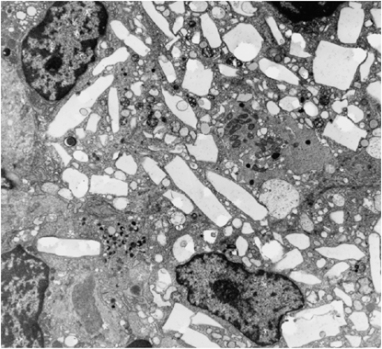
Introducing the formation of Next Generation Cystinosis. The purpose of Next-Gen Cystinosis is
- to provide adults 18 + affected by cystinosis support in dealing with the issues and concerns that specifically affect them
- to provide emotional and psychological support and education
- to provide evidence-based, medically accurate sexual and reproductive health education
- to provide guidance on where to find information and resources to adults affected by cystinosis.
If you are an adult 18+ affected by Cystinosis please connect with Next Generation Cystinosis on Facebook: Next Generation of Cystinosis.
Read more about Next Generation of Cystinosis on Mika Covington’s blog post October 14, 2019: Next Generation of Cystinosis.

In recent study results adults living with Cystinosis and their loved ones should know:
A study on Central nervous system complications in adult Cystinosis patients was published August 2019 in the Journal of Inherited Metabolic Disease by Aude Servais, MD, PhD, IMAGINE Institute of Genetic Diseases, Necker Hospital, Paris, France.
Two forms of central neurological complications were observed in the 21 adult Cystinosis patients included in this study: a Cystinosis encephalophathy and stroke-like episodes (Servais, 2).
Thirty-eight percent of the adult patients had at least one central nervous system complication and 88.9% have a radiological abnormality (Servais, 6).
Long-term prognosis of adult cystinosis patients appears to be primarily related to neuromuscular complications (Servais, 6). A strong link between cysteamine treatment and central nervous system complications like paresis, stroke, mental function deterioration, and seizures are indicated in a French cohort and 6% of Gahl et al patients died from central nervous system complications (Servais, 7-8).
Neuromuscular disorders seemed to be delayed if treatment was started before 5 years of age (Servais, 7). Compliance is not an issue of obedience to medical authority. Many patients lack regular access to cysteamine treatment depending on where they live globally and how insurance options are obtained, age of accurate diagnosis, as well as choice between side effects and symptoms.
The study concluded that cortical or central atrophy are observed in more than two thirds of Cystinosis patients, but are not correlated with symptoms (Servais, 8). A major concern for adult patients is access to treatment or what the study referred to as compliance.


